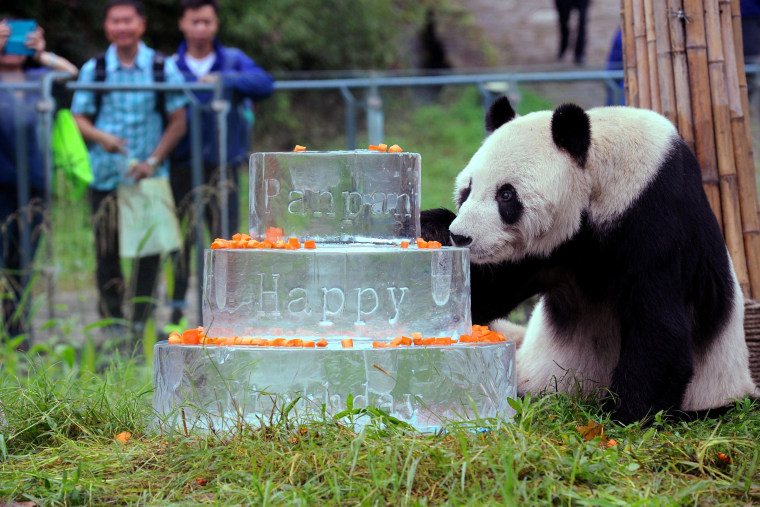First Harambe, now Pan Pan — 2016 has claimed yet another furry victim. Pan Pan, the world’s oldest male giant panda, died at the age of 31 in China’s Sichuan Province Wednesday, according to the Chinese state-media agency, Xinhua.

The male giant panda played a large role in rescuing his species from the brink of extinction. Pan Pan has more than 130 descendants in captivity, according to the agency, and is grandfather to Bao Bao and Bei Bei, the Smithsonian Zoo’s giant panda cubs.
Giant pandas are notoriously difficult to breed. Female pandas only ovulate once a year and a male panda has less than two days to fertilize the egg, according to the Smithsonian. But Pan Pan was what some at the Smithsonian consider to be a “natural breeder” and he fathered an estimated 32 cubs.
Related: It wasn't all bad! Eight good things that happened in 2016
The giant panda had been battling cancer for years, Xinhua reported, but his health declined rapidly in recent weeks. The agency said he lived to be nearly 100 in human years.
In 2016, the panda species was downgraded from “endangered” to “vulnerable” by the International Union for Conservation of Nature (IUCN), which maintains a “Red List” of the world’s endangered species. There are more than 2,000 pandas in the wild and hundreds in captivity, according to the organization.